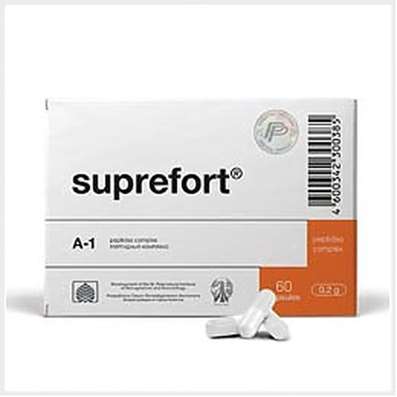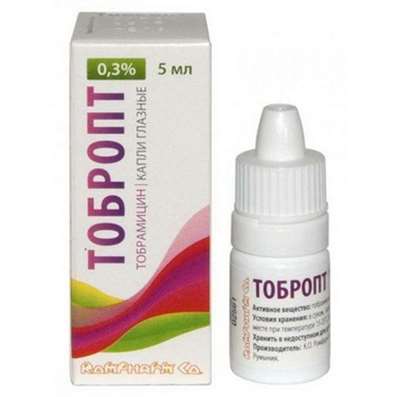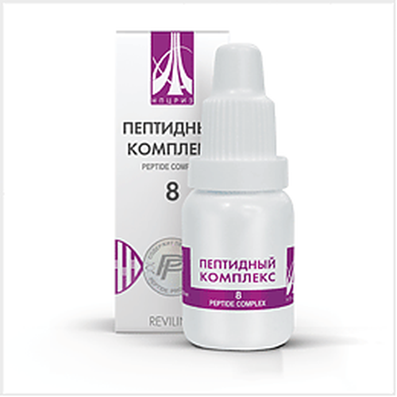Instruction for use: Protaphane HM
I want this, give me price
Active substance: Insulin-isophan [human biosynthetic]
ATX Code A10AC01 Human insulin
Pharmacological group
Hypoglycemic agent - insulin of average duration of action [Insulins]
Nosological classification (ICD-10)
E10 Insulin-dependent diabetes mellitus
Decompensation of carbohydrate metabolism, Diabetes mellitus, Diabetes insulin sugar, Diabetes mellitus type 1, Diabetic ketoacidosis, Insulin-dependent diabetes, Insulin-dependent diabetes mellitus, Coma hyperosmolar non-ketoacidotic, Labile form of diabetes mellitus, Violation of carbohydrate metabolism, Type 1 diabetes mellitus, Type I diabetes mellitus, Insulin-dependent diabetes mellitus, Type 1 diabetes mellitus
E11 Non-insulin-dependent diabetes mellitus
Acetonuric diabetes, Decompensation of carbohydrate metabolism, Diabetes insulin-independent sugar, Diabetes sugar type 2, Type 2 Diabetes, Non-insulin-dependent diabetes, Non-insulin dependent diabetes mellitus, Non-insulin-dependent diabetes mellitus, Insulin resistance, Insulin resistant diabetes mellitus, Coma lactobacillus diabetic, Violation of carbohydrate metabolism, Type 2 diabetes mellitus, Diabetes mellitus type II, Diabetes mellitus in adulthood, Diabetes mellitus in old age, Diabetes insulin-independent, Diabetes mellitus type 2, Sugar insulin-independent diabetes type II
Composition
Protaphane« HM
Suspension for subcutaneous administration 1 ml
active substance:
Insulin-isophane (human genetically engineered) 100 IU (3.5 mg)
(1 MU corresponds to 0.035 mg of anhydrous human insulin)
Auxiliary substances: zinc chloride; Glycerin (glycerol); Meta-cresol; phenol; Sodium hydrogen phosphate dihydrate; Protamine sulfate; Sodium hydroxide and / or hydrochloric acid (for pH adjustment); water for injections
1 bottle contains 10 ml of the drug, which corresponds to 1000 IU
Protaphane« HM Penfill«
Suspension for subcutaneous administration 1 ml
active substance:
Insulin-isophane (human genetically engineered) 100 IU (3.5 mg)
(1 MU corresponds to 0.035 mg of anhydrous human insulin)
Auxiliary substances: zinc chloride; Glycerin (glycerol); Meta-cresol; phenol; Sodium hydrogen phosphate dihydrate; Protamine sulfate; Sodium hydroxide and / or hydrochloric acid (for pH adjustment); water for injections
1 Penfill« cartridge contains 3 ml of the drug, which corresponds to 300 IU
Characteristic
Monocomponent biosynthetic human isophane-insulin suspension of medium duration of action.
pharmachologic effect
Pharmacological action - hypoglycemic.
Interacts with a specific receptor of the plasma membrane and penetrates into the cell, which activates the phosphorylation of cellular proteins, stimulates glycogen synthase, pyruvate dehydrogenase, hexokinase, inhibits fat lipase and lipoprotein lipase. In combination with a specific receptor facilitates the penetration of glucose into cells, enhances its assimilation by tissues and promotes conversion into glycogen. Increases the glycogen reserve in muscles, stimulates the synthesis of peptides.
Clinical Pharmacology
The effect develops 1.5 hours after SC administration, reaches a maximum after 4-12 hours and lasts 24 hours. Protaphane NM Penfill with insulin-dependent diabetes mellitus is used as a basal insulin in combination with short-acting insulin, with insulin-dependent - both for monotherapy , And in combination with high-speed insulin.
Indications
Diabetes mellitus type I, type II diabetes mellitus (with resistance to sulfonylurea derivatives, intercurrent diseases, operations and post-operation period, during pregnancy).
Contraindications
Hypoglycemia, insulinoma.
Side effects
Hypoglycemic conditions, allergic reactions, lipodystrophy (with prolonged use).
Interaction
The hypoglycemic effect is enhanced by acetylsalicylic acid, alcohol, alpha and beta adrenoblockers, amphetamine, anabolic steroids, clofibrate, cyclophosphamide, fenfluramine, fluoxetine, ifosfamide, MAO inhibitors, methyldopa, tetracyclines, tritokvaline, triphosphamide, weaken - chlorprotixen, diazoxide, diuretics Thiazides), glucocorticoids, heparin, hormonal contraceptives, isoniazid, lithium carbonate, nicotinic acid, phenothiazines, sympathomimetics, tricyclic antidepressants.
Dosing and Administration
Protaphane« HM
Protaphane« HM Penfill«
Subcutaneously. The drug is intended for subcutaneous administration. Suspensions of insulin can not be administered intravenously.
The dose of the drug is selected individually, taking into account the needs of the patient. Usually the need for insulin is from 0.3 to 1 IU (international unit) / kg / day. The daily requirement for insulin can be higher in patients with insulin resistance (for example, during puberty, as well as in obese patients), and lower in patients with residual endogenous insulin production.
Protaphane« HM can be used in both monotherapy and in combination with fast or short-acting insulin.
Protaphane« HM is usually administered subcutaneously, into the thigh area. If this is convenient, then injections can also be made in the anterior abdominal wall, in the gluteal region or in the deltoid muscle region of the shoulder. When the drug is injected into the thigh region, slower absorption is noted than when it is injected into other areas. If the injection is made into a stretched skin fold, the risk of accidental intramuscular injection of the drug is minimized.
The needle should remain under the skin for at least 6 seconds, which guarantees a full dose. It is necessary to constantly change the injection site within the anatomical area to prevent the development of lipodystrophy.
Protaphane« HM Penfill« is designed for use with Novo Nordisk insulin injection systems and NovoFine« or NovoTvist« needles. Detailed recommendations for the use and administration of the drug should be observed.
Correction of the dose
Concomitant diseases, especially infectious and accompanied by fever, usually increase the body's need for insulin. Correction of the dose of the drug may also be required if the patient has concomitant diseases of the kidneys, liver, adrenal, pituitary or thyroid gland disorders. The need for dose adjustment can also arise when the physical load or the patient's normal diet changes. Dose adjustment may be required when transferring a patient from one type of insulin to another
Overdose
Symptoms: development of hypoglycemia (cold sweat, palpitation, tremor, hunger, excitement, irritability, pallor, headache, drowsiness, movement uncertainty, speech and vision impairment, depression). Severe hypoglycemia can lead to a temporary or permanent impairment of brain function, coma and death.
Treatment: sugar or glucose solution inside (if the patient is conscious), subcutaneously (subcutaneously), intramuscularly) or iv (intravenously) - glucagon or IV (intravenously) - glucose.
Precautionary measures
Do not use the drug if the suspension does not become completely homogeneous with stirring.
Form of issue
Suspension for subcutaneous administration, 100 IU (international unit) / ml (vials). In bottles of glass of hydrolytic class 1, corked with bromobutyl / polyisoprene rubber stoppers and plastic caps, 10 ml each; In a pack of cardboard 1 ˘Ű.
Suspension for subcutaneous administration, 100 IU / ml (cartridges). In the Penfill« glass cartridges, 3 ml; In blisters for 5 cartridges; In a pack of cardboard 1 blister.
Terms of leave from pharmacies
On prescription.
Storage conditions
In the dark place at a temperature of 2-8 ░ C (do not freeze). The used vial should be stored at room temperature not higher than 30 ░ C for 6 weeks. Protect from heat and sunlight.
Keep out of the reach of children.
Shelf life
Suspension for subcutaneous administration of 100 IU / ml - 30 months.
Do not use after the expiry date printed on the package.

 Cart
Cart





